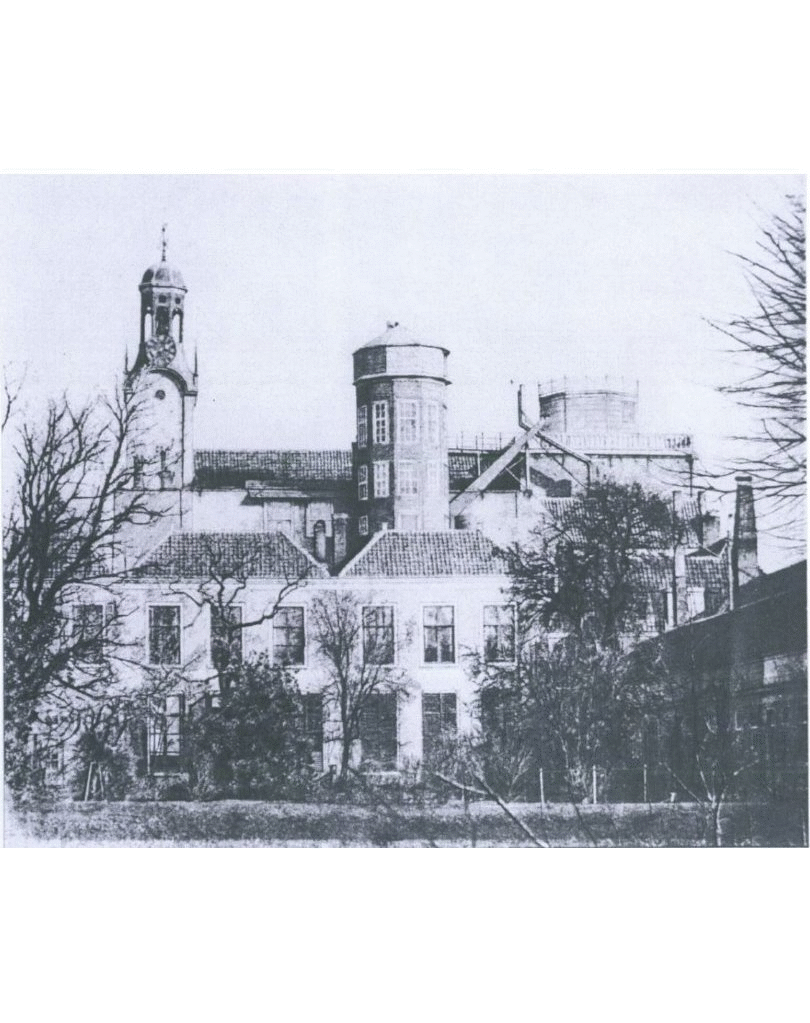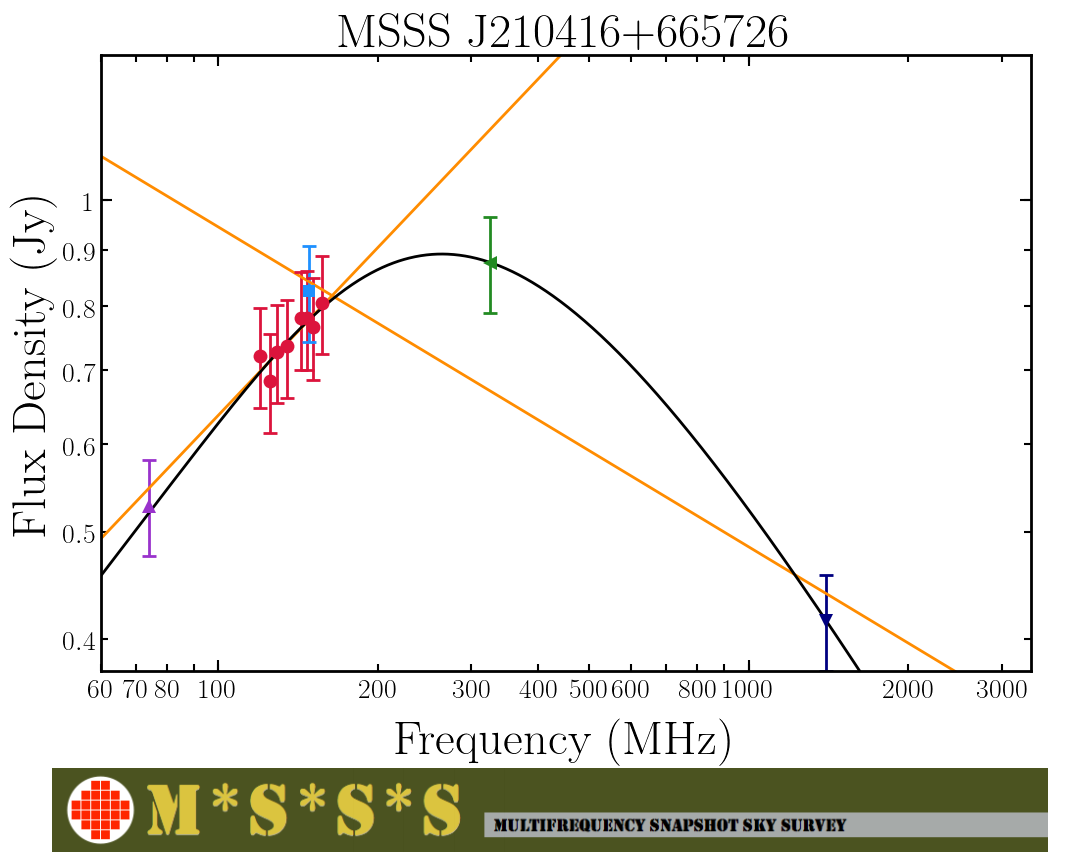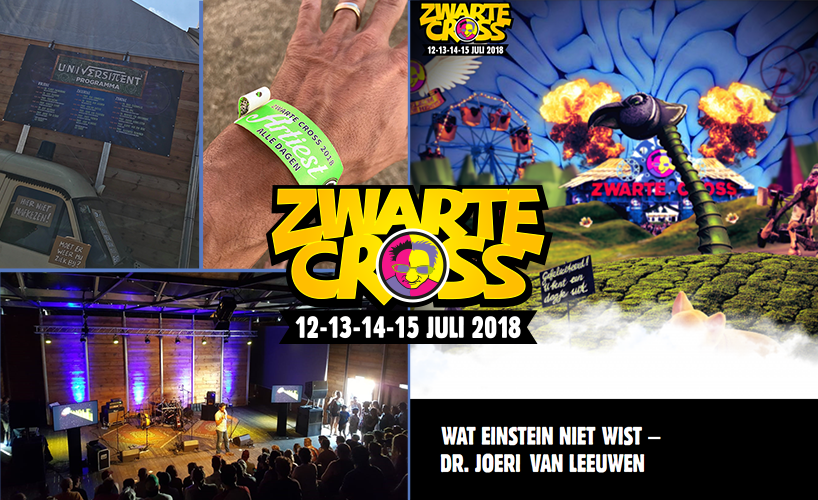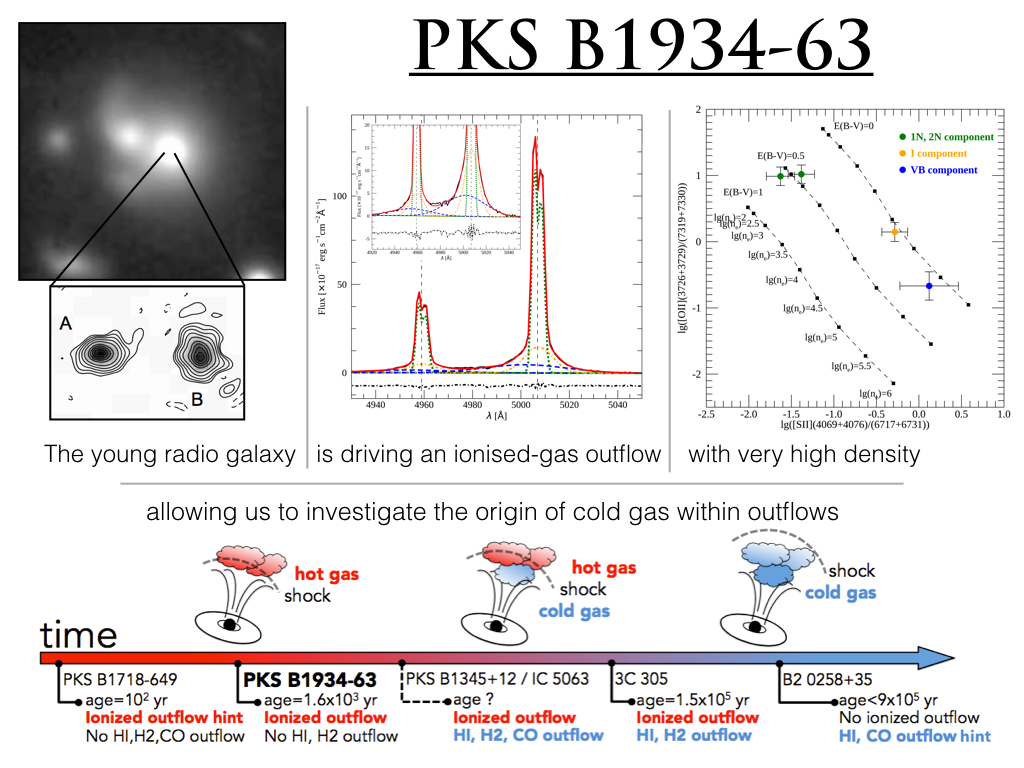
Our radio telescopes (and other cool things) are built with FPGAs (Field Programmable Gate Array) at their hearts. All FPGA geeks know OpenCores; an online collection of Free and Open Source code ('cores') for FPGA applications. It's where electrical engineering students try to find a shortcut for their assignments. It's also where professionals go to prevent reinventing the wheel (for example, there are over 150 CPU implementations on OpenCores).
With its big core collection and its very large (specialized) user base, OpenCores has a lot of potential. Andrea Borga from Nikhef (on the right in the picture) recognized this and started up Oliscience (Open Logic Interconnects Science), which then took over the OpenCores website.
On 14 June, Gert Kruithof (head of ASTRON R&D) put his signature on a partnership agreement (adapted by Ronald Halfwerk, our Technology Transfer Officer) between ASTRON and Oliscience, stimulating OpenCores to grow into a platform that speeds up the development of FPGA based science applications. Following Nikhef, ASTRON is the second institute to jump on board, and most likely more institutes will follow.
We are already known for our FPGA-based High Performance Computing boards (UniBoard2, Gemini) that can be reconfigured for different applications. Via our Technology Transfer Office we're always on the lookout for new application domains that can benefit from our hardware and the collection of firmware cores we've designed over the years. OpenCores allows us to showcase these cores such that developers worldwide can find and use them in their own applications.
'Did you know there's an ASTRON core in there?'
 © R. Schulz
© R. Schulz © Colloquium
© Colloquium © ASTRON
© ASTRON © ASTRON
© ASTRON © ASTRON, 2018.
© ASTRON, 2018. © LOFAR MSSS team
© LOFAR MSSS team © Bruno van Wayenburg
© Bruno van Wayenburg © Stichting IVIO
© Stichting IVIO © Anne Archibald
© Anne Archibald © Hanno Spreeuw
© Hanno Spreeuw © ASTRON
© ASTRON © ESO
© ESO © None
© None © Margarida Castro Neves, ASTERICS, Heidelberg University
© Margarida Castro Neves, ASTERICS, Heidelberg University © JvL
© JvL © CC-BY-4.0 Tammo Jan Dijkema
© CC-BY-4.0 Tammo Jan Dijkema © Francesco Santoro
© Francesco Santoro © Madroon Community Consultants (MCC)
© Madroon Community Consultants (MCC) © ASTRON
© ASTRON







